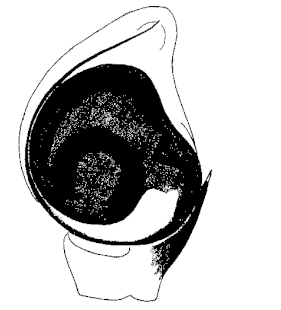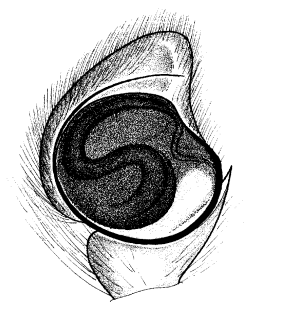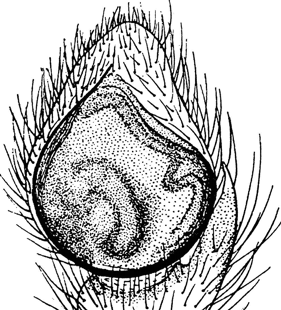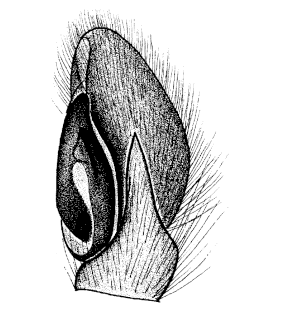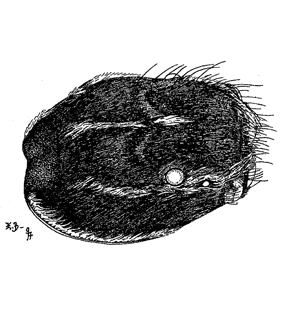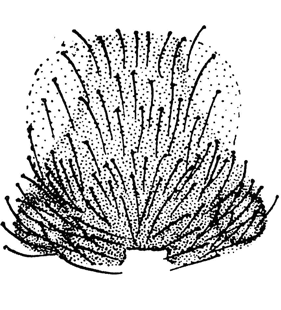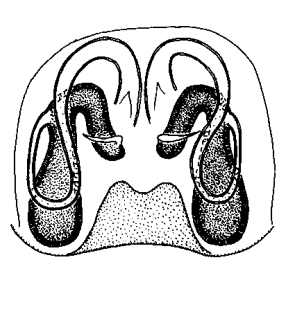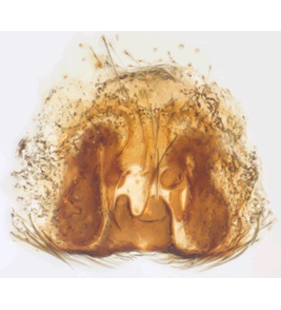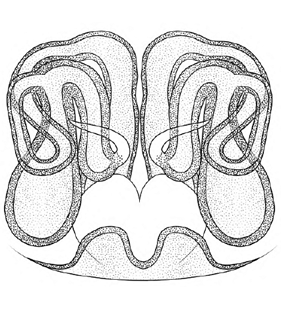Attulus rupicola (C. L. Koch, 1837)
Beschreibung
Cymbium und Bulbus vergleichsweise groß. Prosoma rotbraun, mit 3 deutlichen, schmalen Längsstreifen aus weißen Haaren. Beine mit heller Patella. Femur basale Hälfte hell. Opisthosoma schwarz mit gelb-grauen Flecken, ventral mit einem Paar heller Flecken.
Körperlänge Männchen: 3.5-7.3 mmKörperlänge Weibchen: 5.1-6.7 mm
Zusätzliche Informationen
Gebirgsart, zwischen Steinen und Felsen bis 1700 m
Verbreitung
Abbildungen
Verbreitungsnachweise
"No reference" bedeutet nicht, dass die Art in diesem Land nicht vorkommt, sondern dass wir die Referenz hierfür noch nicht eingefügt haben. Wir arbeiten daran.
Literatur
Blagoev G, Deltshev C, Lazarov S, Naumova M (2018) The spiders (Araneae) of Bulgaria. Version: August 2018. National Museum of Natural History, Bulgarian Academy of Sciences. Online at http://www.nmnhs.com/spiders-bulgaria/ (accessed on 10.9.2018) ![]()
Branco V V, Morano E, Cardoso P (2019) An update to the Iberian spider checklist (Araneae). Zootaxa 4614: 201-254 ![]()
Hirna A, Gnelitsa V, Zhukovets E (2016) A checklist of the spiders (Araneae) of the Chornohora Mountain massif (Ukrainian Carpathians). Arachnologische Mitteilungen 51: 16-38 ![]()
Höfer H, Meyer F, Bauer T, Bayer S, Harry I, Kastner L (2019) Überraschende Erstnachweise und neue Daten zu seltenen Spinnenarten (Arachnida: Araneae) aus Blockhalden in Baden-Württemberg. Arachnologische Mitteilungen 58: 62-84 ![]()
Kronestedt T (1998) Sitticus inexpectus (Araneae, Salticidae) new to Italy. Arachnologische Mitteilungen 15: 81-83 ![]()
Kuralt Ž, Pajek Arambašič N, Ferle M, Kostanjšek R (2024) A contribution to the Slovenian spider fauna – V. Natura Sloveniae 26: 29-42 ![]()
Locket G H, Millidge A F (1951) British spiders. Vol. I. Ray Society, London, 310 pp. ![]()
Logunov D V, Kronestedt T (1997) A new Palearctic species of the genus Sitticus Simon, with notes on related species in the floricola group (Araneae, Salticidae). Bulletin of the British Arachnological Society 10: 225-233 ![]()
Otto S (2022) Caucasian spiders. A faunistic database on the spiders of the Caucasus Ecoregion. Database version 02.2022. Internet: caucasus-spiders.info.
Pantini P, Isaia M (2019) Araneae.it: the online catalog of Italian spiders, with addenda on other arachnid orders occurring in Italy (Arachnida: Araneae, Opiliones, Palpigradi, Pseudoscorpionida, Scorpiones, Solifugae). Fragmenta Entomologica 51: 127-152 ![]()
Rozwałka R, Stanska M (2008) Check-list of spiders (Araneae) of Poland. 1. December 2008. online at http://www.arachnologia.edu.pl/en/species/8-spiders-of-poland.html ![]()
Růžička V, Řezáč M (2022a) Seznam pavouků České republiky. List of spiders of the Czech Republic. Online at https://www.arachnology.cz/seznam-pavouku-cr-26.html and https://www.arachnology.cz/en/seznam-pavouku-cr-26.html ![]()
Samu F, Szinetár C (1999) Bibliographic check list of the Hungarian spider fauna. Bulletin of the British Arachnological Society 11: 161-184 ![]()
Seropian A, Bulbulashvili N, Otto S, Krammer H-J, Kachlishvili N, Datunashvili A (2023b) Picking pearls from the Silk Road: insights into the spider (Arachnida, Araneae) diversity in Georgia from the Caucasus barcode of life project. Part II. Caucasiana 2: 231-297 ![]()
Vrenozi B, Dunlop J A (2013) Albanian arachnids in the Museum für Naturkunde, Berlin. Arachnology 16: 10-15 ![]()
WSC (2025) World Spider Catalog. Version 26. Natural History Museum Bern, online at http://wsc.nmbe.ch (28.2.2025) doi: 10.24436/2 ![]()
Żabka M (1997) Salticidae: Pajaki skaczace (Arachnida: Araneae) (Salticidae of Poland). Fauna Polski (Fauna Poloniae) 19: 1-188 ![]()
